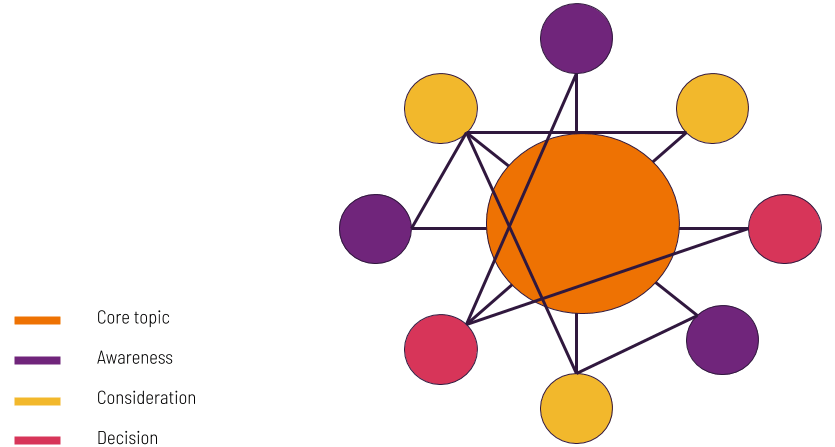The marketing industry is full of jargon. Today, we are taking a look at two commonly confused terms: SEO and SEM. Search engine optimization (SEO) and search engine marketing (SEM) are two powerful strategies for driving traffic to your web presence.
But what are the differences between the two? Do you need to have a strategy for both?
And most importantly: how can you use SEO and SEM to boost your traffic?
This post will answer these questions and provide some actionable strategies to get you up and running.
Let’s jump in.
What is SEO?

On-page SEO

- Topic depth – in general, Google & co. are looking for authoritative content. If a user searches for “best protein powder” it is likely that the top-ranking articles cover the topic in-depth. This is because a long-form article is more likely to answer the user’s question.
- Reading ease – writing simple and easy to read content – Google wants content that is easy for users to understand.
- Search intent – understand the difference between informational and transactional queries. Think about “best protein powder” vs “how to make a protein shake”. Optimally, you would aim to rank with a product landing page for the first keyword, and with a how-to post for the second.
- URLs – gone are the days where black hat SEOs would stuff keywords into URLs. Now, URLs should be short and describe the page as accurately as possible.
- Title tags and meta descriptions – this is typically what shows up in the Google search result so it ultimately can influence the user to click on not. Title and Metas should be as enticing as possible – focus on UPSs and always include a CTA.
- Keywords – Include keywords in important places such as link texts and headings (h1,h2, etc.)
Technical SEO/Website Optimization

- Page Speed/Loading Time – make sure your pages load as quickly as possible. As the majority of searches are done from a mobile device, loading time is critical.
- Mobile First – most searches happen on a mobile device, so build your website with these users in mind.
- Responsive Design – ensure that your webpages display optimally across all devices. One of the best ways to do this is to use a responsive design such as HTML5.
- URL Structure – make sure your content is organized in a logical way. Typically, this involves creating topic pages that cover a topic broadly and linking these to subpages that go more in-depth.
Off-page SEO

- Backlinks – gaining backlinks from authoritative websites can boost your ranking.
- Google My Business – optimizing your Google My Business listing can improve your company’s visibility.
- Reviews – earning positive reviews for your product can improve your search ranking, as Google picks products with favorable reviews.
What is SEM?

Do you need both SEO and SEM?

Does SEO play a role at all in paid campaigns?
Actually, yes! Even though paid SEM traffic is immediate, in order to optimize the conversion rate, your site still needs to perform well. It’s no good getting all that paid traffic if your site is slow to load, your content isn’t readable, and your landing page does not match user intent. So SEO is important for paid campaigns.What about organic traffic?
SEO is more of a long-term strategy. It takes time to build authority and climb the rankings. But the effort can be extremely valuable in the long run. Ranking for high-value organic keywords can keep the traffic rolling in for months, free of charge. The example above ranks either as a featured snippet or in the top 2 organic results for the following high-volume keywords: This article alone gets over 50,000 views a month. Compare that to PPC where each click costs between $1 and $2. A prime example of the long-term benefits of a dedicated SEO strategy. Now that we understand the merits of both SEO and SEM let’s look at some actionable strategies to maximize your next campaigns.Three Great SEM and SEO Strategies










